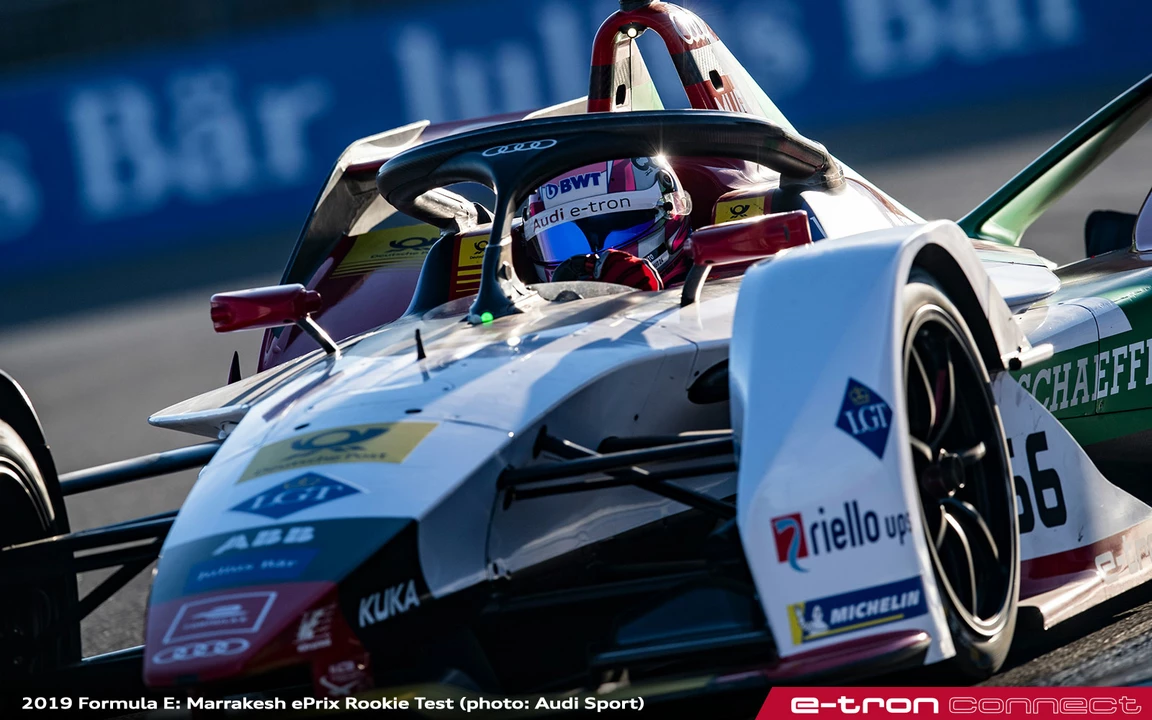Harder Work: How to Get More Out of Your BMW Sports Bike
If you love the roar of a BMW S 1000 RR and want to shave seconds off your lap times, you’ve got to be ready to work harder. Not the grind‑only kind, but focused effort that actually improves riding skills, bike set‑up, and fitness. Below are practical steps you can start today, no fancy jargon required.
Train Your Body Like a Pro Rider
Racing isn’t just about clutch control; it’s a full‑body workout. Start with core exercises – planks, Russian twists, and back extensions – because a strong core keeps you stable on corner entry. Add cardio intervals (bike sprint 30 seconds, rest 60 seconds) to mimic the burst‑and‑recover pattern of a track lap. A quick 15‑minute routine three times a week will boost stamina and make the bike feel lighter.
Don’t forget flexibility. Stretching hips, hamstrings, and calves reduces fatigue and lets you reach for the brake with confidence. You’ll notice better posture on the bike and less strain on the wrists during long runs.
Fine‑Tune Your Bike With Purpose
Hard work on the track is useless if the bike isn’t dialed in. Start with the basics: check tire pressure before every session, clean the intake, and verify the brake fluid level. Small tweaks – like adjusting the rear suspension preload by a few clicks – can change the bike’s balance dramatically.
Next, experiment with the riding modes. BMW’s riding‑mode selector lets you shift between “Sport,” “Race,” and “Enduro.” Try “Race” for full throttle response, but keep an eye on engine temperature. If the bike feels jittery, pull back a notch on the throttle mapping and note the difference. Recording lap times after each change helps you see what actually works.
Finally, don’t overlook the importance of a good set of racing shoes. Lightweight, fire‑resistant shoes give you better pedal feel and quicker reaction. If you’ve been riding in regular sneakers, upgrade – you’ll feel the difference instantly.
Putting in harder work doesn’t mean endless hours on the track. It means smarter training, consistent bike maintenance, and a mindset that looks for incremental gains. Try one tip this week, measure the result, then add another. Before long, the lap times you once thought were out of reach will start to drop.
Remember: the road to faster laps is a series of tiny improvements, not a single massive change. Keep the effort steady, stay curious, and enjoy the ride.
What is harder work to drive, Formula 1, Formula E, or IndyCar?

As a motorsports enthusiast, I've always wondered which racing series requires the most effort from its drivers - Formula 1, Formula E, or IndyCar. After researching and comparing factors such as physical strain, car handling, and mental demands, I've found that each series presents unique challenges. Formula 1 cars have higher speeds and heavier G-forces, while Formula E requires precise energy management and car control. IndyCar poses its own challenges with its combination of high-speed ovals and tight street circuits. Ultimately, it's difficult to determine which series is the hardest to drive in, as each one demands a different skill set and level of expertise from its drivers.
- May 5 2023
- Declan Whitmore
- 0 Comments